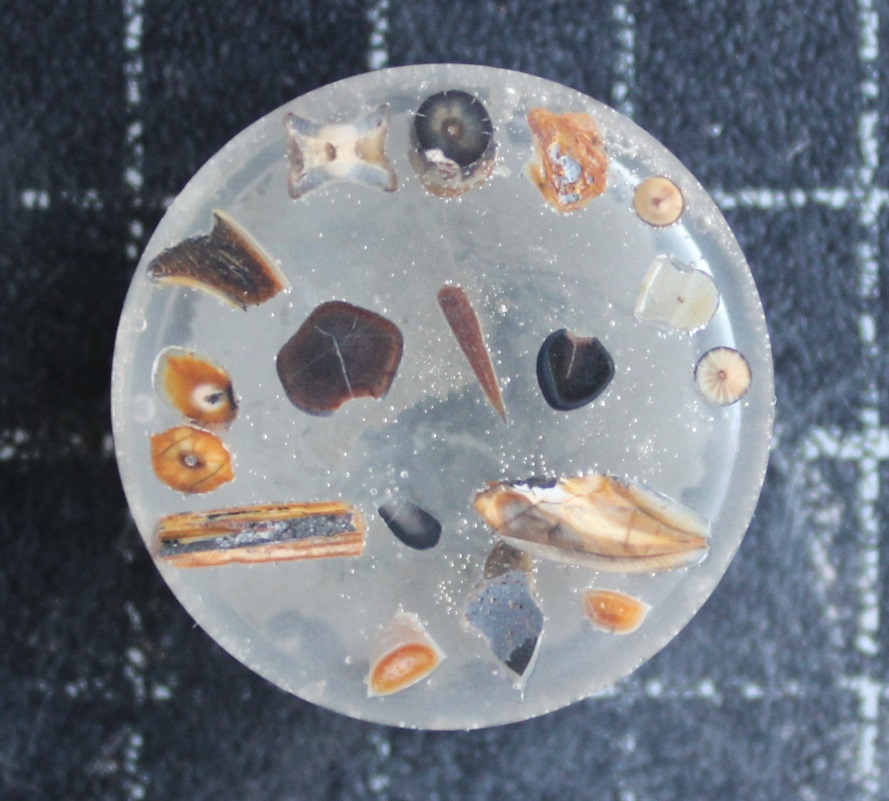
Biomechanical investigation of the skeletal system in birds with some aquatic habits – Evolution on land, in water and in air
Birds originated in the Jurassic, and later diversified occupying different media and environments…

In Europe there are less than a dozen Late-Cretaceous localities where plant remnants are fossilised together with vertebrate remains as in the case of the worldwide famous Iharkút locality. From the locality in the Bakony Mts. more than 10.000 plant mesofossils (mainly seeds and fruits) were found. They can play the key role in describing the palaeoenvironment and past climate of the area, because the plants are very sensitive for the environmental changes (as soil, water, temperature).
The study of plant mesofossils can be also used to explore more from this 85 million years old island. I will look for the isochronous layers in the drillcores of the area with the most precise usable method there. The macrofossils are rare in the drill cores, but plant mesofossils are common. These studies can help to identify where was swamp, lake or forest around the fluvial sediments which preserved the dinosaur remains.

Birds originated in the Jurassic, and later diversified occupying different media and environments…

Amber is fossilized tree resin, which has a unique importance since the beginning of the human history…

The Triassic placodont marine reptiles lived in the shallow sea of the western (Europe and Middle East) and eastern region (China) of the Tethys …

Bone fossilization can be viewed as the process of recrystallization of biogenic apatite to carbonate fluorapatite (francolite) …